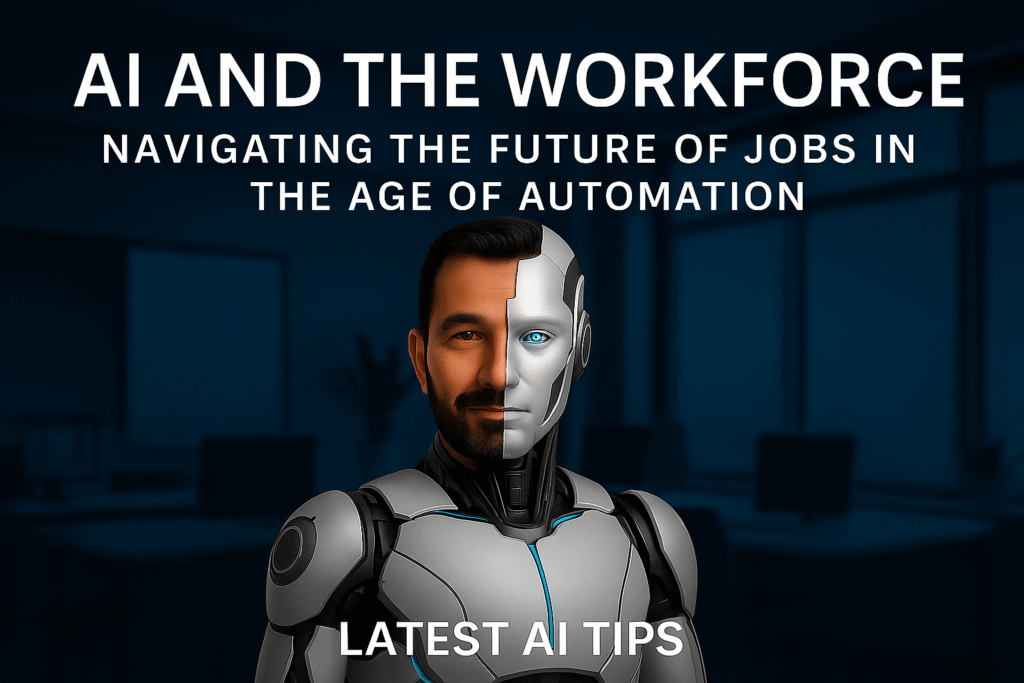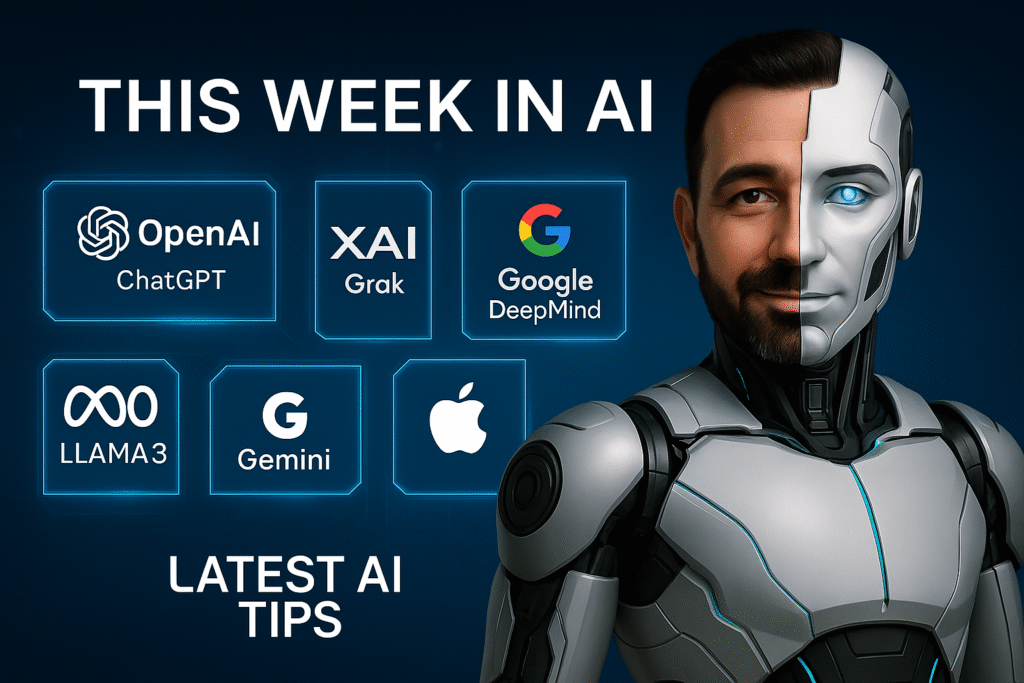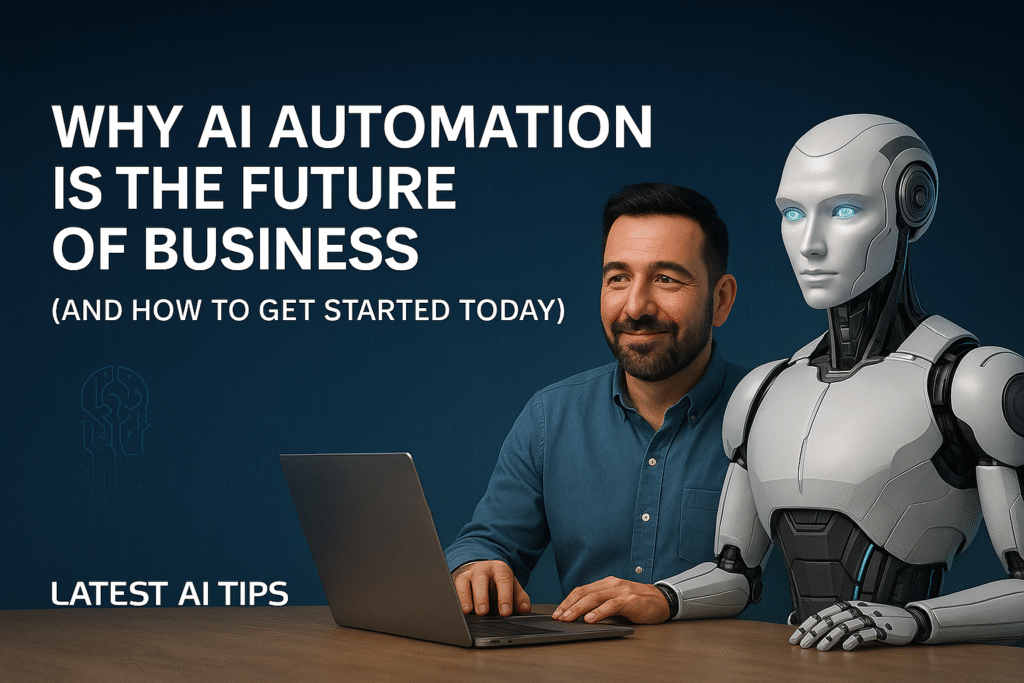AI and the Workforce: Navigating the Future of Jobs in the Age of Automation
As artificial intelligence (AI) continues to evolve, its integration into various industries is reshaping the employment landscape. While AI offers numerous benefits, it also raises concerns about job displacement and the future of work.
The Rise of AI in the Workplace
AI technologies are increasingly being adopted to automate routine tasks, enhance decision-making, and improve efficiency. From customer service chatbots to advanced data analytics, AI is transforming how businesses operate.
According to recent reports, major tech companies are investing heavily in AI infrastructure, signaling a commitment to long-term integration of AI into their operations . This trend suggests that AI will continue to play a significant role in shaping the future of work.Barron’s+2MarketWatch+2Investor’s Business Daily+2
Potential Benefits of AI Integration
- Increased Productivity: AI can handle repetitive tasks, allowing employees to focus on more strategic activities.
- Enhanced Decision-Making: AI algorithms can analyze vast amounts of data to provide insights that inform business strategies.arXiv+11Barron’s+11Nathi RSA AI is the future+11
- Job Creation in New Sectors: The growth of AI has led to the emergence of new job roles, such as AI specialists and data analysts.
Challenges and Concerns
- Job Displacement: Automation of tasks may lead to the reduction of certain job roles, particularly those involving routine activities.
- Skill Gaps: The rapid advancement of AI technologies necessitates continuous learning and upskilling among the workforce.
- Ethical Considerations: The use of AI raises questions about data privacy, bias in algorithms, and the transparency of decision-making processes.
Preparing for the Future
To navigate the evolving job landscape, individuals and organizations should:
- Invest in Education and Training: Acquiring skills in AI, machine learning, and data analysis can enhance employability.
- Embrace Lifelong Learning: Staying updated with technological advancements is crucial in adapting to changes in the workplace.
- Foster Collaboration Between Humans and AI: Leveraging the strengths of both humans and AI can lead to more effective outcomes.
Conclusion
The integration of AI into the workforce presents both opportunities and challenges. By proactively adapting to these changes through education and strategic planning, individuals and organizations can harness the benefits of AI while mitigating potential drawbacks.
Stay informed about the latest trends in AI and workforce development by subscribing to our newsletter at Latest AI Tips.



